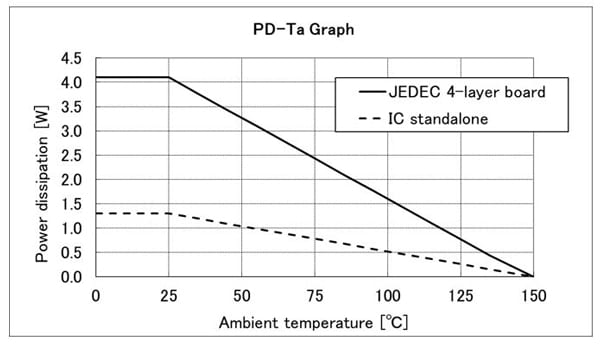-
My ToshibaSemicon
- 반도체 탑
-
애플리케이션Automotive
Body Electronics
xEV
In-Vehicle Infotainment
Advanced Driver-Assistance Systems (ADAS)
Chassis
IndustrialInfrastructure
BEMS/HEMS
Factory Automation
Commercial Equipment
Consumer/PersonalIoT Equipment
Healthcare
Wearable Device
Mobile
Computer Peripherals
-
제품자동차 디바이스
Discrete Semiconductor
다이오드
트랜지스터
로직 IC
Analog Devices
Digital Devices
Wireless Devices
※
: Products list (parametric search)
파워반도체※
: Products list (parametric search)
Isolators/Solid State RelaysPhotocouplers
Digital Isolators
Solid State Relays
Fiber Optic Transmitting Modules
※
: Products list (parametric search)
MOSFETsIGBTs/IEGTs바이폴라 트랜지스터※
: Products list (parametric search)
다이오드※
: Products list (parametric search)
마이크로컨트롤러모터 드라이버 ICIntelligent Power ICs※
: Products list (parametric search)
전원관리IC리니어 IC※
: Products list (parametric search)
범용로직IC리니어 이미지 센서기타 제품용 IC기타 제품용 IC
※
: Products list (parametric search)
-
개발/설계 지원
-
기술 자료
- 구매처
- 부품 번호 & 키워드 검색
- 상호 참조 검색
- 파라미터 검색
- 재고 확인 및 구매
This webpage doesn't work with Internet Explorer. Please use the latest version of Google Chrome, Microsoft Edge, Mozilla Firefox or Safari.
3글자 이상 입력하세요. Search for multiple part numbers fromhere.
The information presented in this cross reference is based on TOSHIBA's selection criteria and should be treated as a suggestion only. Please carefully review the latest versions of all relevant information on the TOSHIBA products, including without limitation data sheets and validate all operating parameters of the TOSHIBA products to ensure that the suggested TOSHIBA products are truly compatible with your design and application.Please note that this cross reference is based on TOSHIBA's estimate of compatibility with other manufacturers' products, based on other manufacturers' published data, at the time the data was collected.TOSHIBA is not responsible for any incorrect or incomplete information. Information is subject to change at any time without notice.
3글자 이상 입력하세요.
Please explain the concept of permissible loss for motor drivers.
The permissible power dissipation is the maximum allowed power dissipation when the junction temperature Tj reaches its maximum rating of 150 ℃, under the condition that the ambient temperature Ta is 25 ℃. Consequently, this value changes as the temperature of Ta increases, requiring a derating calculation.

As an example, Fig. 1 below shows the relationship between power dissipation and ambient temperature for TB67S569FTG. The permissible power dissipation decreases as the ambient temperature exceeds 25 ℃. This reduction is due to the increased difficulty of heat dissipating into the surrounding air at higher temperature. Note that the allowed power consumption of the device is limited as the ambient temperature increase.
In addition, mounting the IC on a board reduces thermal resistance, resulting in a higher permissible power dissipation than when IC is used alone.
The permissible power dissipation for an IC when used alone, assumeno heat sink or PCB heat dissipation. The IC generates heat when a large current is applied. Without adequate heat dissipation, when the temperature reaches the detection threshold of the thermal shutdown function (TSD), the TSD will activate, causing the IC to shut down. If this condition persists, there is a high possibility that the IC will breakdown due to exceeding the absolute maximum rated temperature.
Therefore, please refer to the application note of each product and design the heat dissipation to ensure that the junction temperature does not exceed 150 °C, including a margin.
Related Links
The following documents also contain related information.



